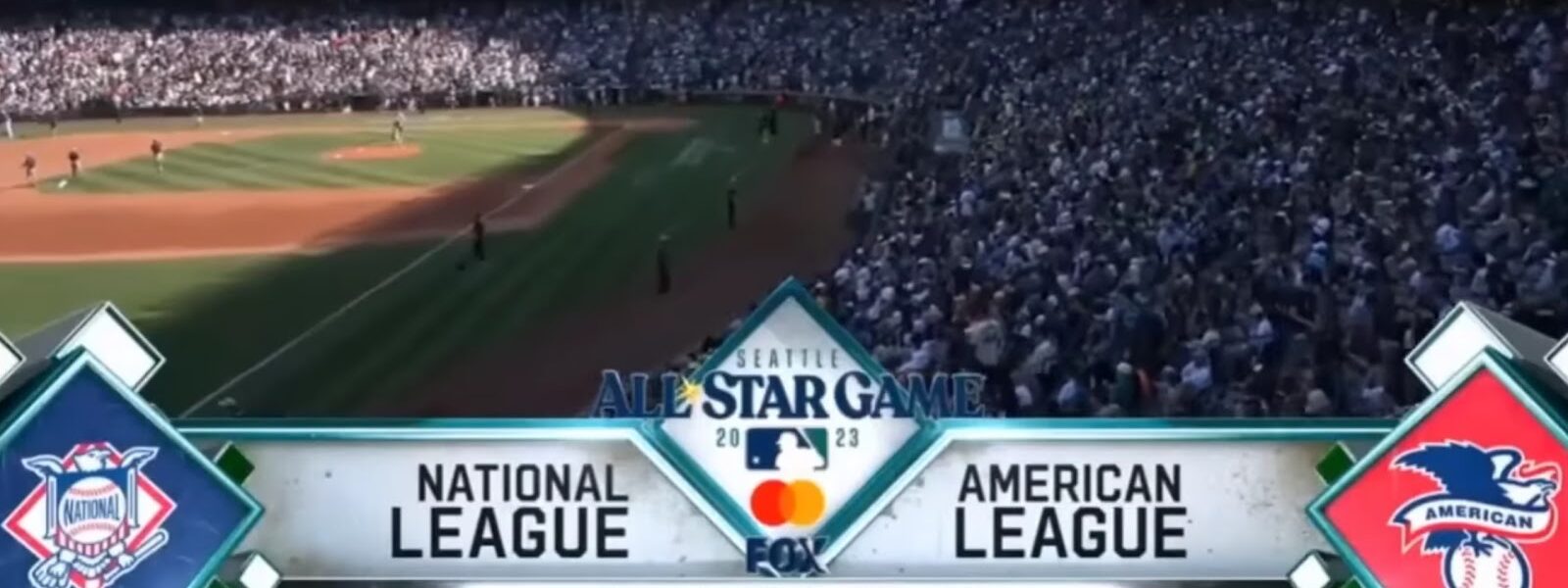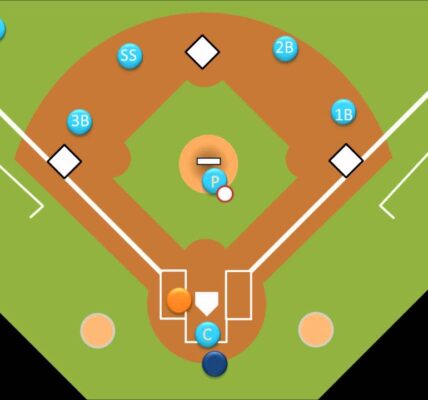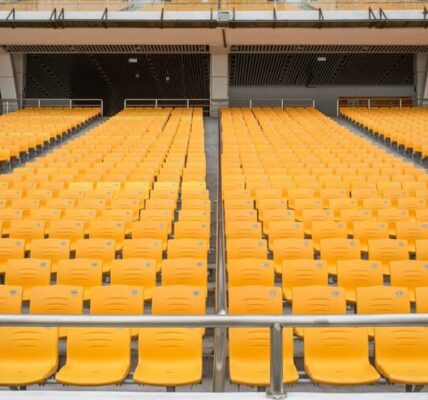Baseball’s American and National Leagues are not just regional entities; they’re distinguished by their distinct rules and strategies. This exploration focuses on the unique attributes and historical distinctions between these two leagues.
Initially formed in 1876, Major League Baseball (MLB) began as the National League of Professional Baseball Clubs. The American League emerged in 1901, establishing the two-league system known today.
Key Differences Between American and National Leagues
The American and National Leagues in Major League Baseball (MLB) have long been characterized by their unique differences, which extend beyond mere geographical separation. These differences have shaped the leagues’ identity and influenced game strategies.
Performance and Statistical Variations
- Pitcher’s Earned Run Average (ERA): Over the past two decades, a notable trend has been observed in the ERA of pitchers from both leagues. National League pitchers, who also had to participate in batting, maintained a consistently lower ERA compared to their counterparts in the American League. This statistic could be indicative of the different types of pressures and skills required of pitchers in the two leagues;
- Batting Efficiency: In contrast to the pitching statistics, the American League has witnessed a surge in batting efficiency in recent years. This trend might be attributed to the league’s employment of designated hitters, allowing teams to include players with a specific focus on batting prowess. This strategic advantage may have contributed to the overall increase in offensive output in the American League.
The differences between the American and National Leagues have historically provided a diverse and dynamic landscape in professional baseball, influencing everything from game tactics to player roles. However, with the recent universal adoption of the designated hitter rule, it remains to be seen how these distinctions will evolve and how they will impact the future of MLB strategies and statistics.
Rules and Regulations Across the Leagues
The divergent paths of the American and National Leagues in baseball have been marked by distinct rule differences, particularly noticeable in their approach to batting lineups.
American League’s Designated Hitter Rule
Before 2022, teams in the American League enjoyed a unique advantage with the designated hitter (DH) rule. This allowed teams to include a specialized player in the lineup solely for their batting prowess, often at the expense of defensive skills. These designated hitters, typically powerful batters, added a strategic layer to the game, allowing teams to maintain a robust offensive lineup without compromising on the pitcher’s focus and energy for their primary role.
National League’s Traditional Approach
Conversely, the National League adhered to a more traditional baseball rule, where the pitcher was also required to bat. This rule often placed pitchers, usually less skilled in batting, in the last spot of the batting order. It emphasized a more balanced skill set for players, where pitchers had to contribute both on the mound and at the plate. This approach often led to different game strategies, particularly in managing the batting order and in-game substitutions.
The Impact of Inter-league Play
Inter-league play, where teams from both leagues compete against each other, used to follow the home team’s league rules regarding the designated hitter. This led to teams having to adapt their strategies and player usage significantly when playing away games. For instance, American League pitchers would have to bat in National League parks, while National League teams could leverage a designated hitter in American League stadiums.
Universal Designated Hitter Rule from 2022
A significant shift occurred in 2022 when MLB decided to universally apply the designated hitter rule across both leagues. This change eliminated the strategic discrepancies between the leagues during inter-league play. It also marked a convergence in the playing styles of the American and National Leagues, aligning them more closely in terms of game strategy and player roles. This rule change not only streamlined the regulations for both leagues but also opened up new strategies for National League teams who could now regularly include a powerful hitter without a defensive role in their lineup.
Teams and Players: A Comparative Analysis
The differences between the leagues have been minimal in many respects. Notably, in the past 20 years, National League pitchers typically held a lower Earned Run Average compared to their American League counterparts. Meanwhile, American League hitters have recently demonstrated greater efficiency.
A prominent figure in this context is Justin Verlander, who has played in both leagues, transitioning from the Detroit Tigers and the Houston Astros (American League) to the New York Mets (National League) in 2023. The universal designated hitter rule, adopted in 2022, has significantly impacted player roles like Verlander’s, who previously would have needed to focus on batting skills.
Free agency and player trades are largely similar across both leagues, although pre-2022 strategies may have differed, such as National League teams seeking pitchers with batting or bunting skills.
Frequently Asked Questions
Yes, these leagues engage in Inter-League play, where teams from both leagues compete against each other annually.
As of 2022, with the universal designated hitter rule in place, pitchers no longer bat in either league.
As of the previous year, the American League leads with 67 World Series victories, compared to the National League’s 51.
Conclusion: The Evolution and Impact of the Two Leagues
The creation of the American and National Leagues was a pivotal step in expanding MLB to a total of 30 teams, evenly split between the two leagues. Despite some differences, the leagues are remarkably similar in many aspects. The existence of two leagues enables the annual All-Star game, showcasing a rivalry where the American League has historically excelled, both in these games and in World Series championships, indicating its dominant position in MLB.




